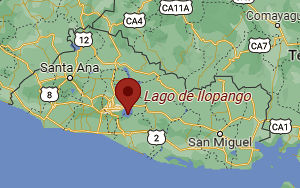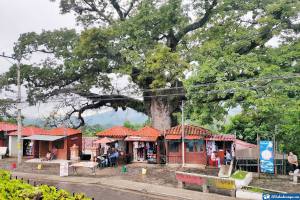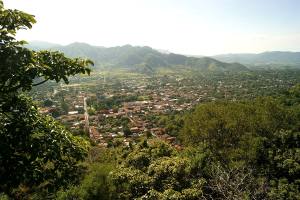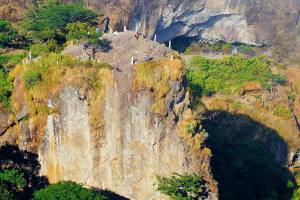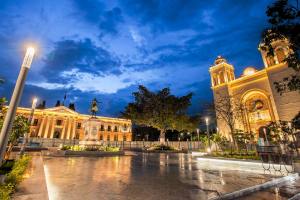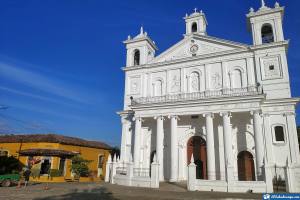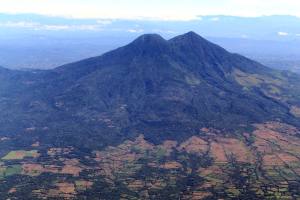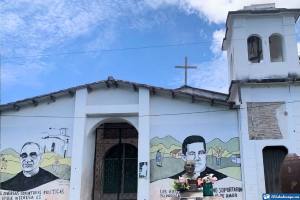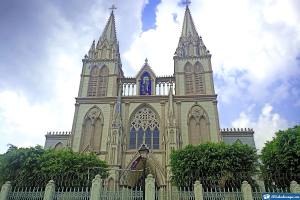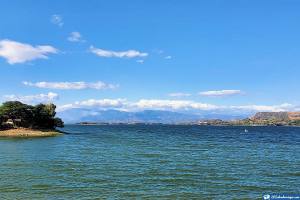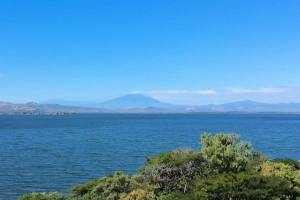If you are fond of adventure tourism in unusual environments and less classic styles, Lake Ilopango is the right destination for a weekend or a short vacation.
Ilopango Lake is a beautiful enclave of easy access, with landscapes trapped by time, excellent tourist conditions, a delicious tropical climate, ancestral legends, and delicious food to delight all palates.
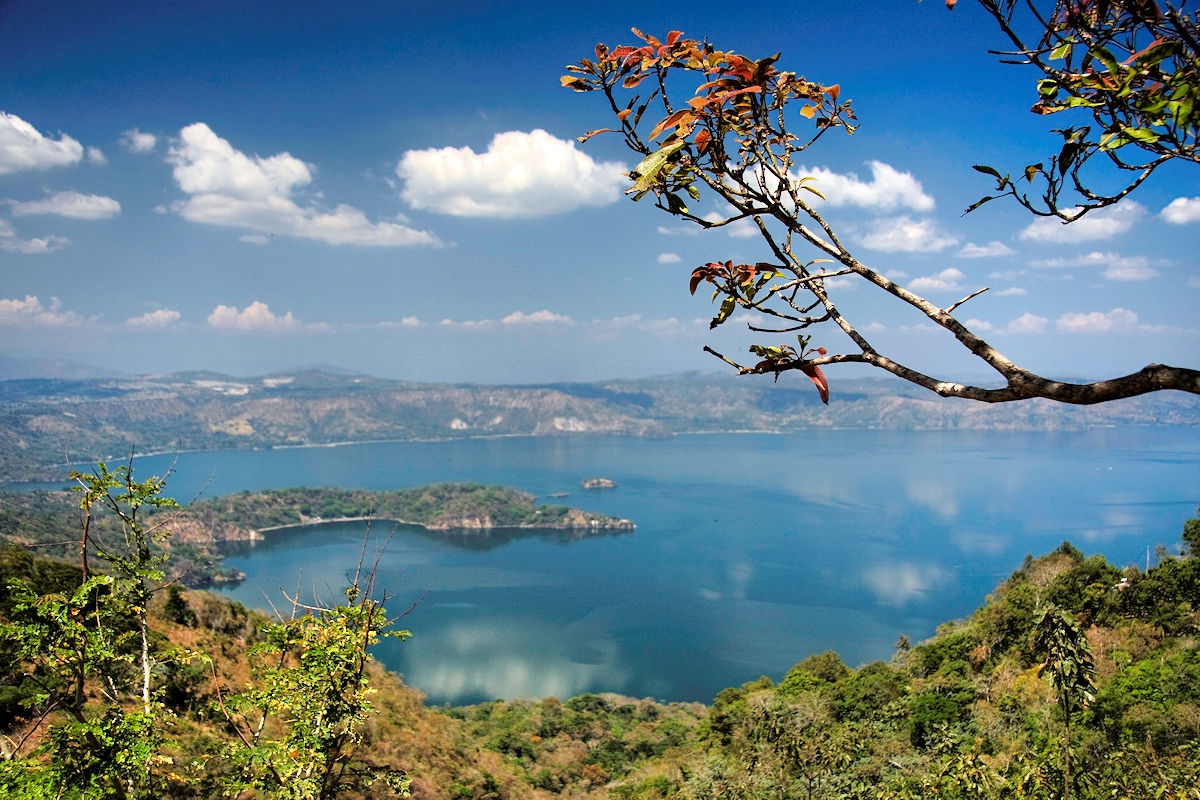
ILOPANGO LAKE - Lakes of El Salvador. Photo by Ryan Poole. Flickr.
Undoubtedly, it is well worth visiting this impressive natural wonder and enjoying your stay in the facilities of the place that has been declared a Tourist Zone of National Interest by the Ministry of Tourism of El Salvador (MITUR) in the year 2020.
Ilopango Lake Data
| Country: | El Salvador |
|---|---|
| Category: | Lakes |
| Elevation: | 440 meters |
| Length: | 11 km |
| Depth: | Between 230 and 250 m |
| Inland island: | Los Patos Island, Island of love, Burnt Island (renamed San Cristóbal Island) |
What to see and do in Ilopango Lake
At Ilopango Lake, you will enjoy almost every possible water activity, from boat rides, jet skiing, fishing, kayaking, pedal boats, paddle surfing, swimming, and bathing on the shores of the lake.

At the same time, you can practice scuba diving, especially in the Quemadas Islands, formed from the last volcanic eruption that later gave rise to this lake.
Throughout the vicinity of Ilopango, you can camp outdoors to take the memory of an unforgettable night and even go hiking and ecotourism or horseback riding.
And if that’s not enough, you can paraglide over the waters of the lake, take an Aero tour, walk the scenic route and taste the local cuisine on the boardwalk, or perhaps go to the fishing community located in San Agustin, in the municipality of San Pedro and on the shores of the lake.
Prices and visiting hours.
The attractions and sporting activities within this tourist complex vary in cost, but here we give you an approximate idea of them.
- Entrance fee: $1.50
- Boat ride: $10
- Visiting hours: from 7 am to 7 pm.
Location, Origin and History of Ilopango Lake.
Ilopango is located between the departments of San Salvador, Cuscatlán, and La Paz. The largest in El Salvador and with a privileged position, as it is only 16 kilometers from the country’s capital.

Ilopango is a lake of volcanic origin in its caldera mode and formed after an explosive eruption dating back to 535 AD.
The lake’s surface is about 72 km2, with a length of 11 km and a width of 8 km. Likewise, its average depth reaches 230 meters, and the maximum depression is 250-270 meters from the surface.
Its definitive formation has been due to the different eruptions that occurred in the volcano after the original one, which has produced increases in the level of the lake to lava domes on the shores, the most famous being the one created inside the lake, forming Las Islas Quemadas.
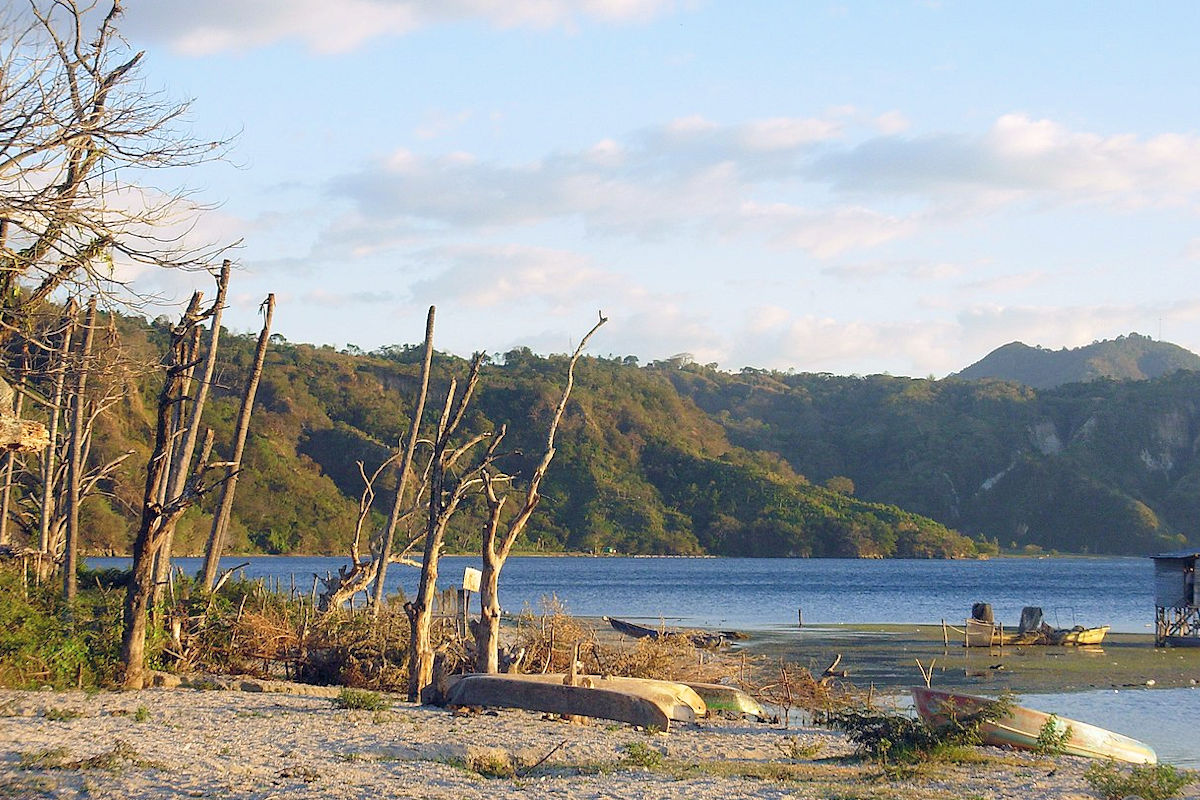
Its name in the Nahuat language is Shilupangu or Xilopango. It was called by the Aztecs and meant “valley of the jilotes,” referring to where the corn cobs are born.
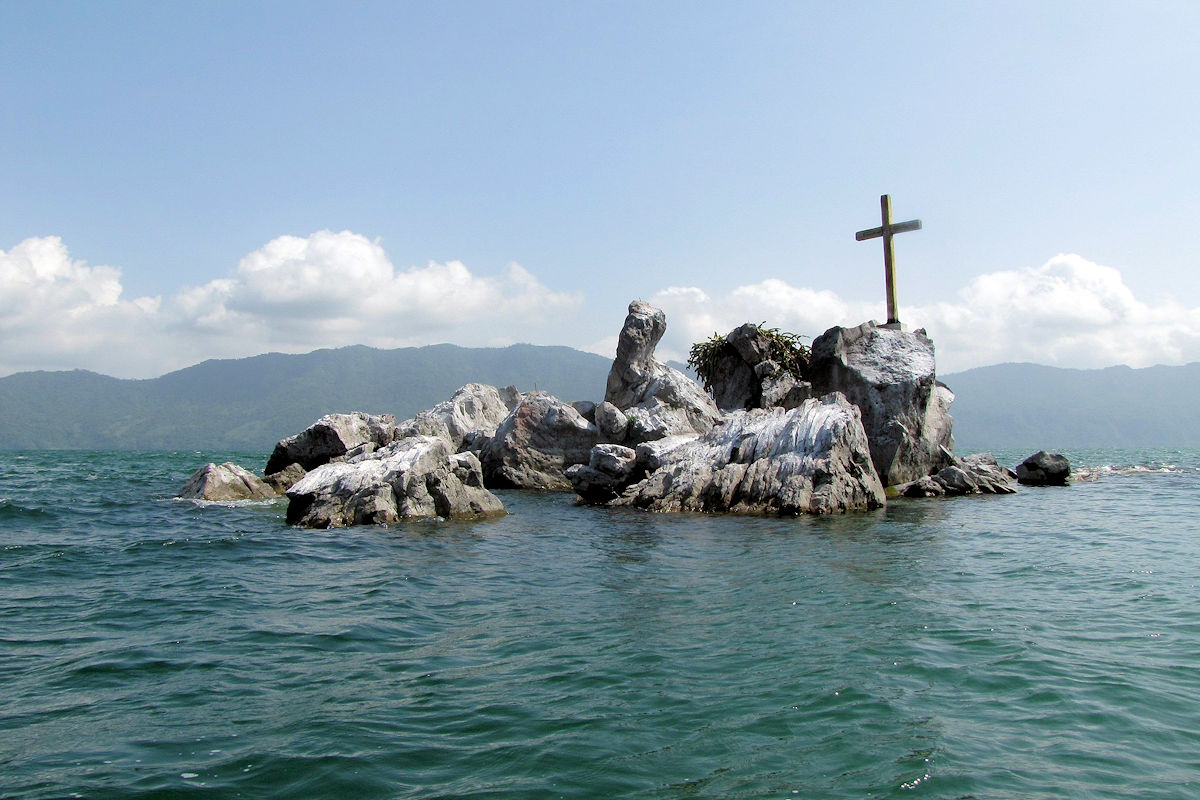
Isn’t it a coincidence that one of the ancient legends surrounding the lake tells the story of a goddess named Xochiquetzali. To whom young people offered sacrifices to obtain better corn harvests, as well as another of the myths about Lake Ilopango, which speaks of a mermaid with blue eyes and golden hair which trapped fishermen are making them lose consciousness.
Climate, flora and fauna of Ilopango Lake.
The climate of Ilopango Lake is traditional tropical. The summer or dry season is sweltering throughout the year, with clear skies and high humidity.

Its temperature ranges between 18 °C to 32 °C and rarely drops below 16 °C or rises above 34 °C.
The dry season runs from October to May, while the rainy season starts in mid-April and lasts until the end of November.
Depending on the season, the average wind speed in this area is generally between 7.8 kilometers per hour, reaching a maximum of 14 kilometers per hour.
As for the lake’s flora, we observe this area’s typical plant species, such as the ceiba, the maquilishuat, the royal cedar, the sálamo, the pacún, and the laurel. Besides the chilamate, the madrecacao, the aceituno, conacaste, white conacaste, guarumo and river almond tree.
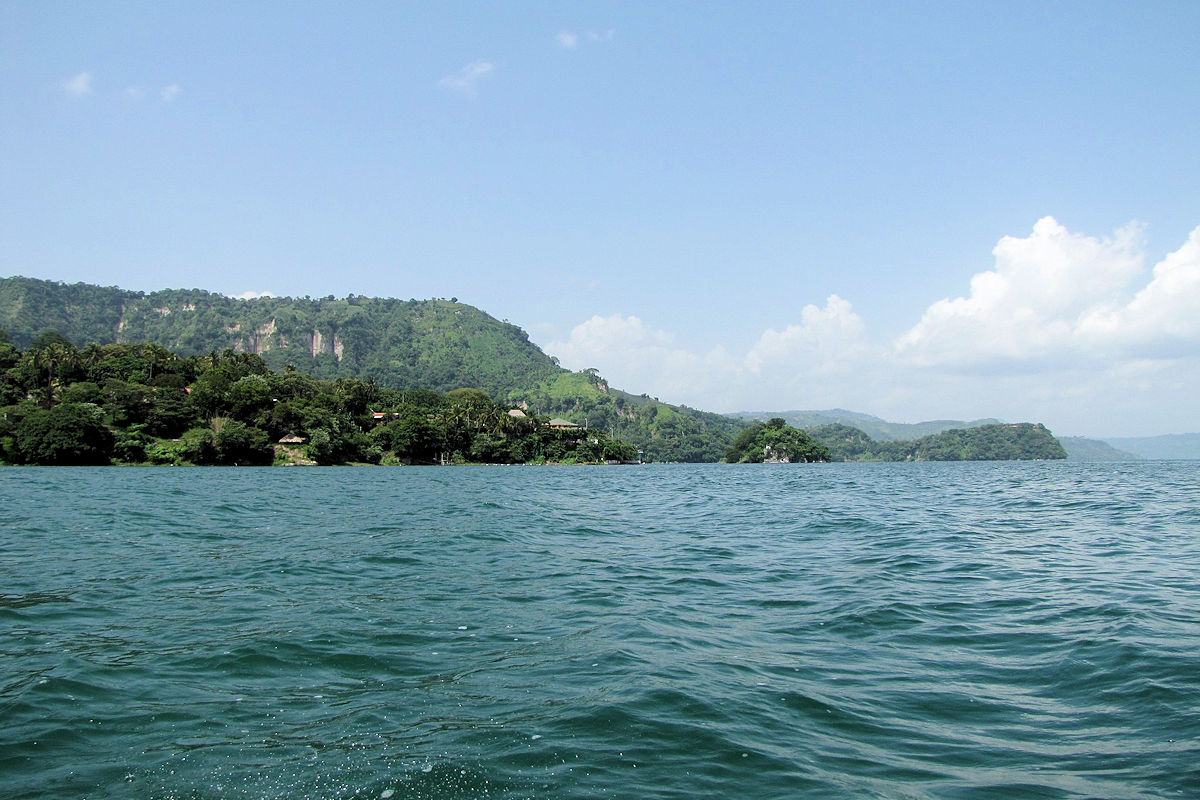
Within its fauna, evidently lacustrine, we find a species of crab, several species of algae and freshwater sponges, and about ten species of fish, with abundant fishing of mojarras, guapotes, and juilines as well as endemic and migratory birds, which are housed on the islands of Lake Ilopango.
Recommendations for your visit.
The best time of the year to visit Ilopango is from early December to mid-March, with an optimum level in the second week of January, especially if you are going to do tourist activities outdoors.
It is necessary to pay close attention to this series of tips that will help you in your visit to Lake Ilopango, especially if you do it with your family group:
- Because it is a rainy area and especially if you travel this season, it is essential to use insect repellent, especially for mosquitoes and mosquitoes.
- Take the necessary precautions in the case of traveling with children.
- Sunscreen and sunglasses are recommended, as well as hats and caps to avoid sunburn.
- If you practice scuba diving or any other type of water sport, it is advisable to bring your equipment or ask the hotels in the area to rent them.
- If you do not know how to swim, it is better to bring floats or life jackets.
- Bring your towels.
- Don’t forget to bring enough cash.
Nearby places to visit.
The great extension of Ilopango Lake allows you to border it to find various sites you should not miss, such as the two parks of ecological theme, the Parque de Flores and the Parque Nativo Ecolodge. And as a complement to the walk through its waters, you can visit the San Agustin Swimming Lake and the Apulo Tourist Center, where you can fully enjoy its facilities.
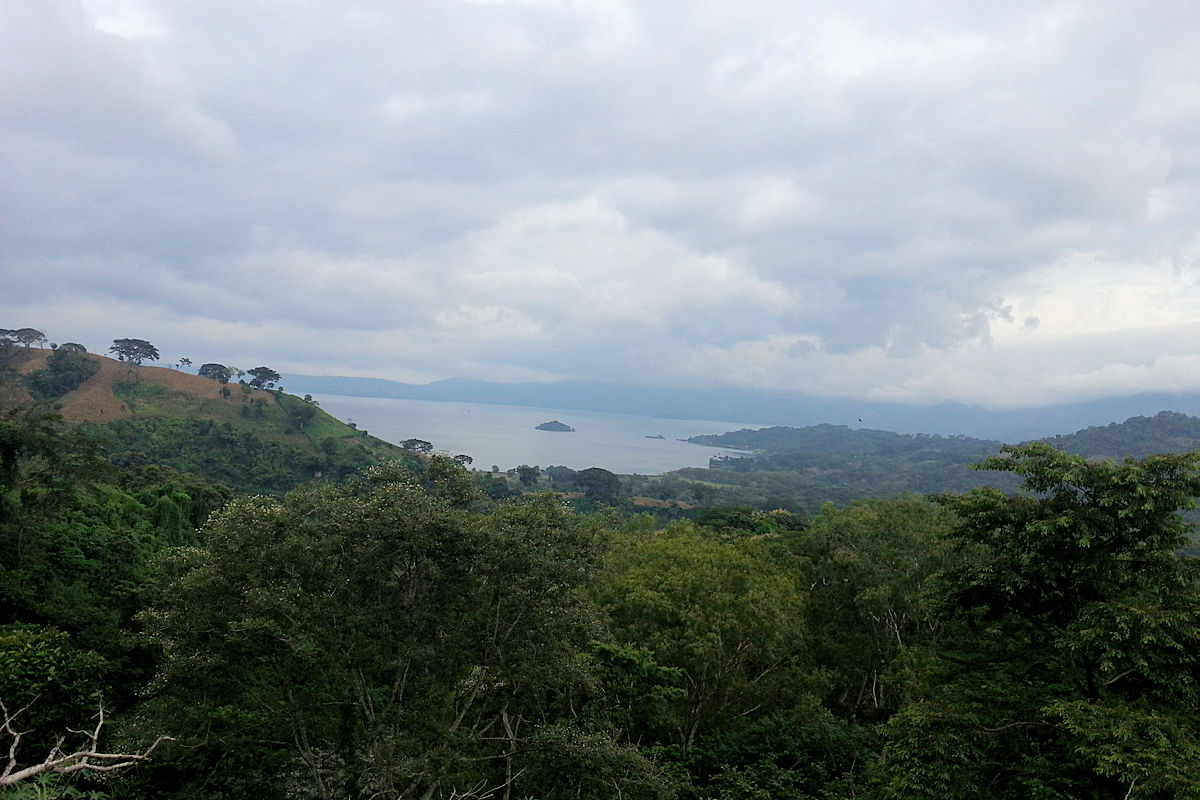
From the lake and 16Km away, you can approach the city of San Salvador, the capital of the country, touring its historic sites and fantastic monuments of interest.
Also, a little further away, but only about 8 kilometers away, we find the Central Park of San Martin, which is open 24 hours a day.
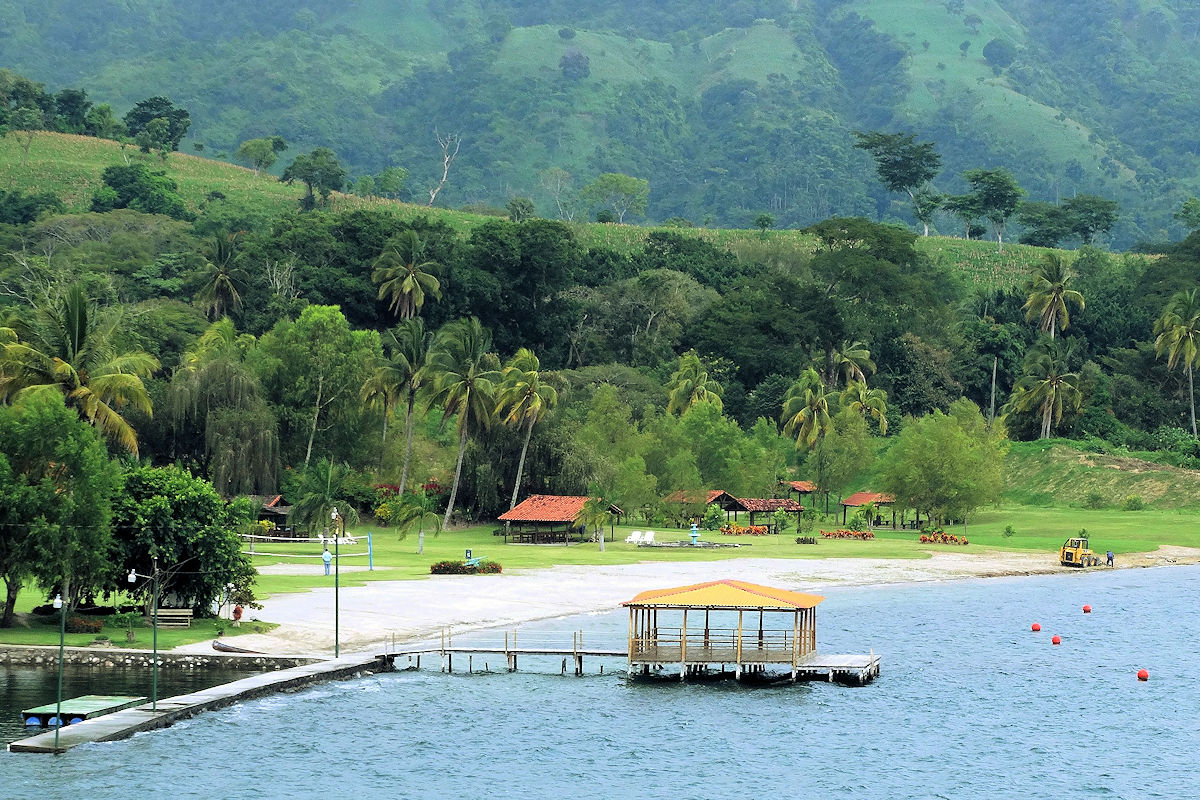
In short, a vacation at Lake Ilopango will leave you enchanted, combining the relaxation that produces its magical atmosphere with the action in the practice of water activities in and out of the abundant waters of the lake, which will surely make you want to repeat this extraordinary experience.
